Electric Current And Circuit
Key Notes:
Electric Current:
- Electric current is the flow of electric charge through a conductor.
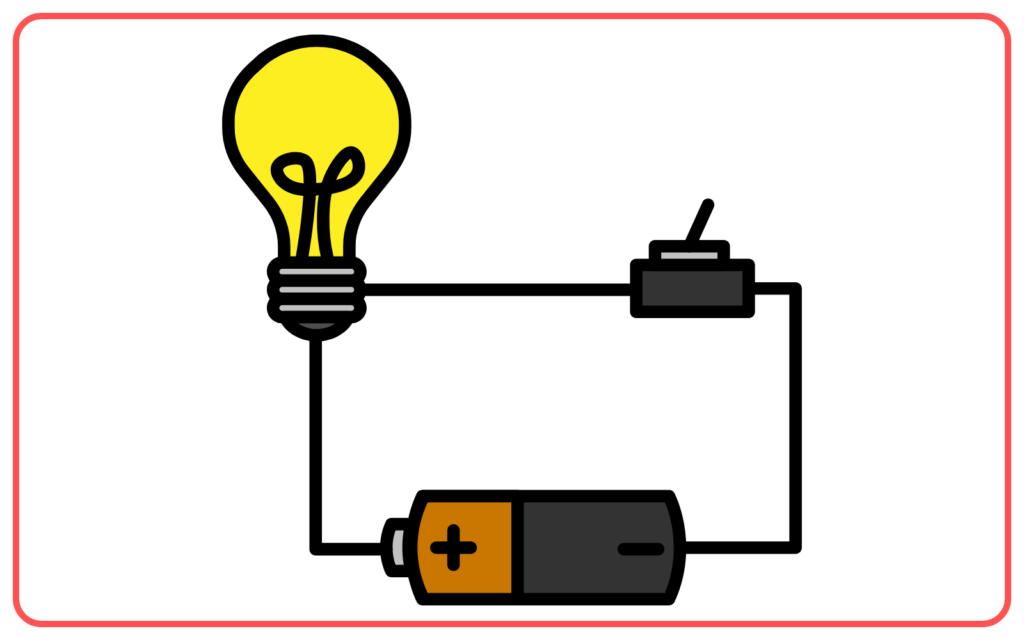
- It is measured in amperes (A) using an ammeter.
- Current flows from the positive terminal to the negative terminal of a power source (conventional current).
- In metals, current is carried by electrons moving from negative to positive (electron flow).
Voltage (Electric Potential Difference):
- Voltage (V) is the electric potential difference that causes current to flow in a circuit.
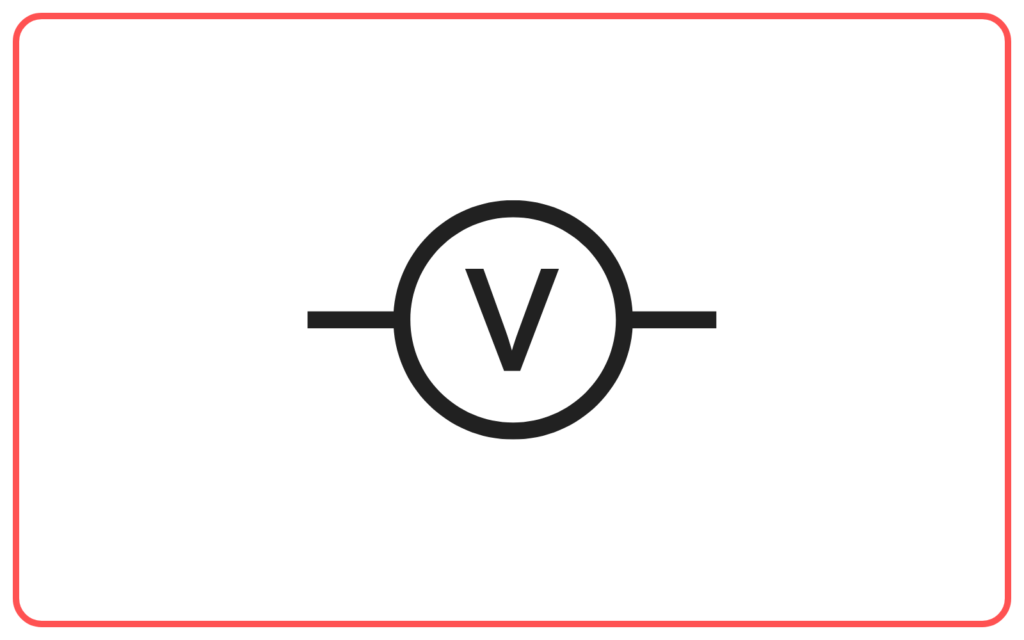
- It is measured in volts (V) using a voltmeter.
- Voltage provides the “push” or “pressure” that drives electrons through a circuit.
Resistance:
- Resistance (R) opposes the flow of electric current in a circuit.
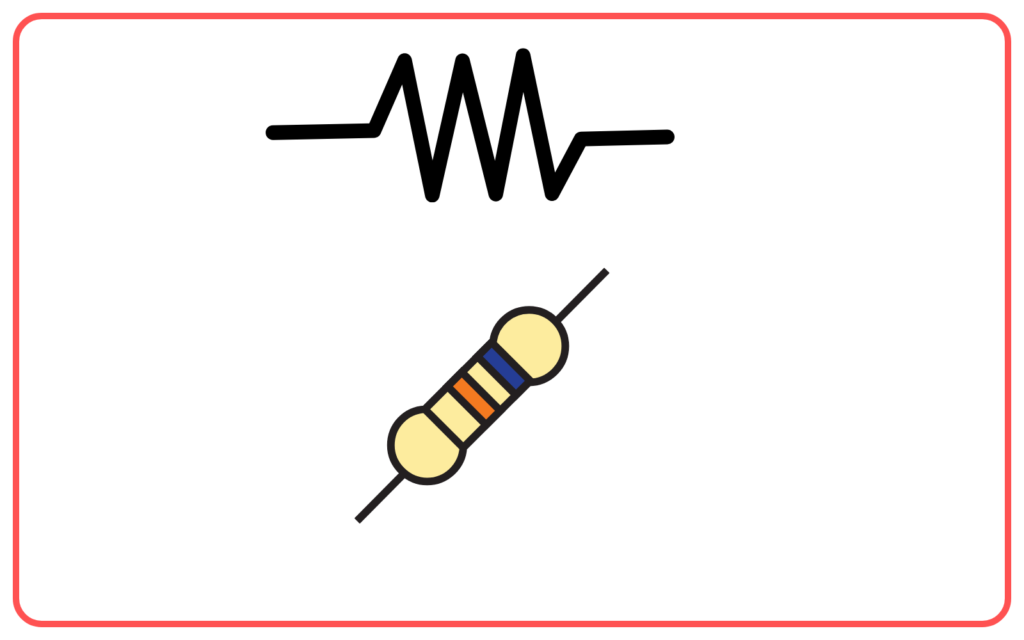
- It is measured in ohms (Ω).
- Factors affecting resistance include the material, length, cross-sectional area, and temperature of a conductor.
- Ohm’s Law relates voltage, current, and resistance: V = I * R.
Ohm’s Law:
- Ohm’s Law states that the current through a conductor is directly proportional to the voltage across it and inversely proportional to its resistance.
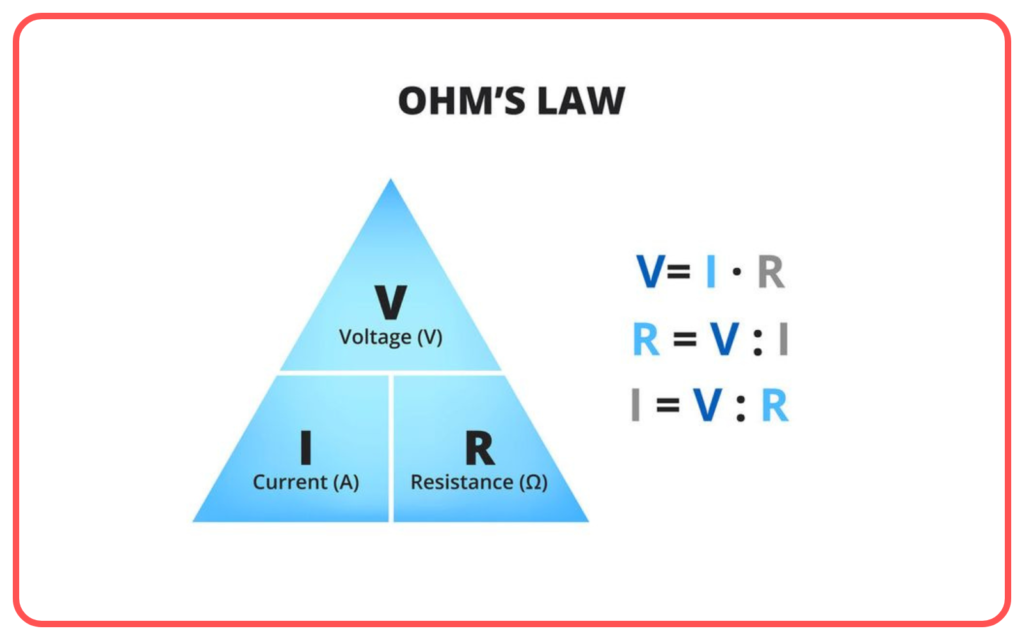
- Mathematically, Ohm’s Law is expressed as V = I * R.
Series and Parallel Circuits:
- In a series circuit, components are connected end-to-end, and the same current flows through all components.
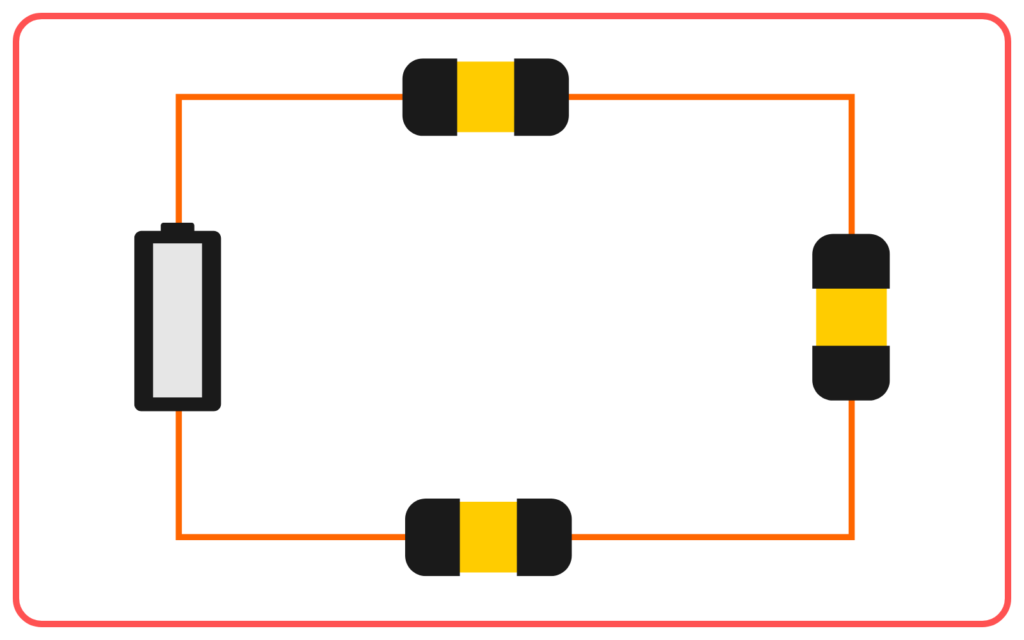
- In a parallel circuit, components are connected in branches, and the voltage across each component is the same, but the currents may differ.
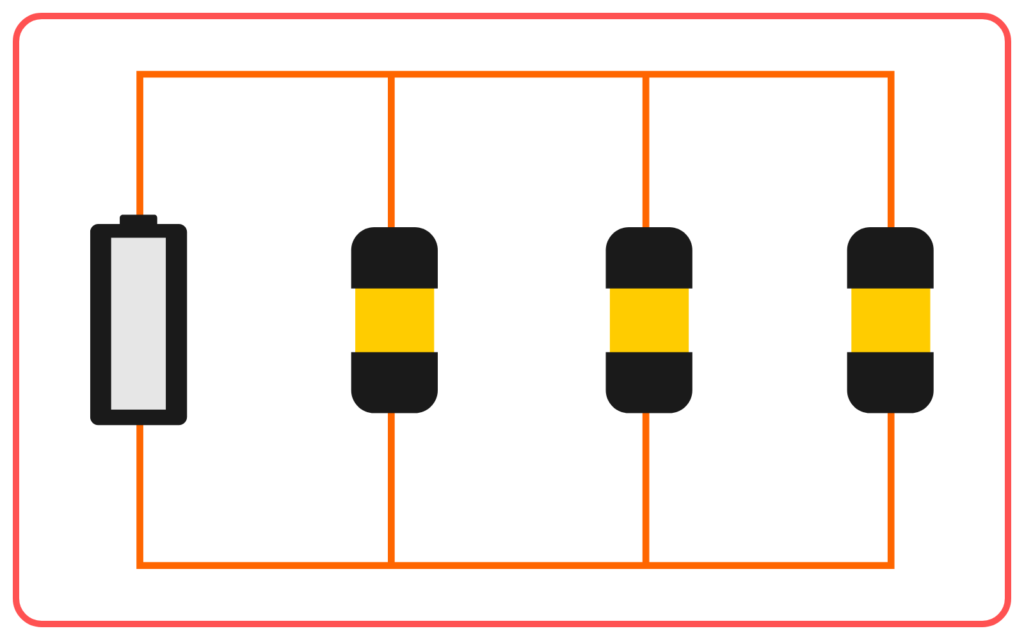
- Series circuits have higher total resistance, while parallel circuits have lower total resistance.
Power:
- Power (P) in an electric circuit is the rate at which work is done or energy is transferred.
- It is measured in watts (W).
- Power can be calculated using the formula P = V * I or P = I² * R.
Circuit Symbols:
- Electrical components are represented by standardized symbols in circuit diagrams.
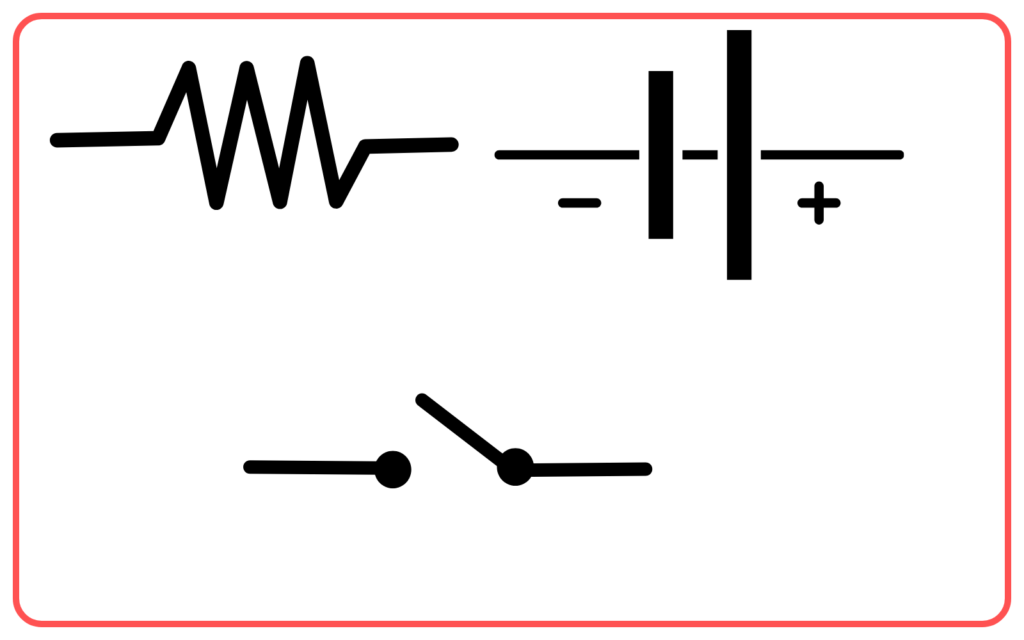
- Common symbols include resistors, capacitors, batteries, switches, and wires.
Safety Precautions:
- Always turn off the power before working on a circuit.
- Use appropriate safety gear, such as gloves and safety goggles.
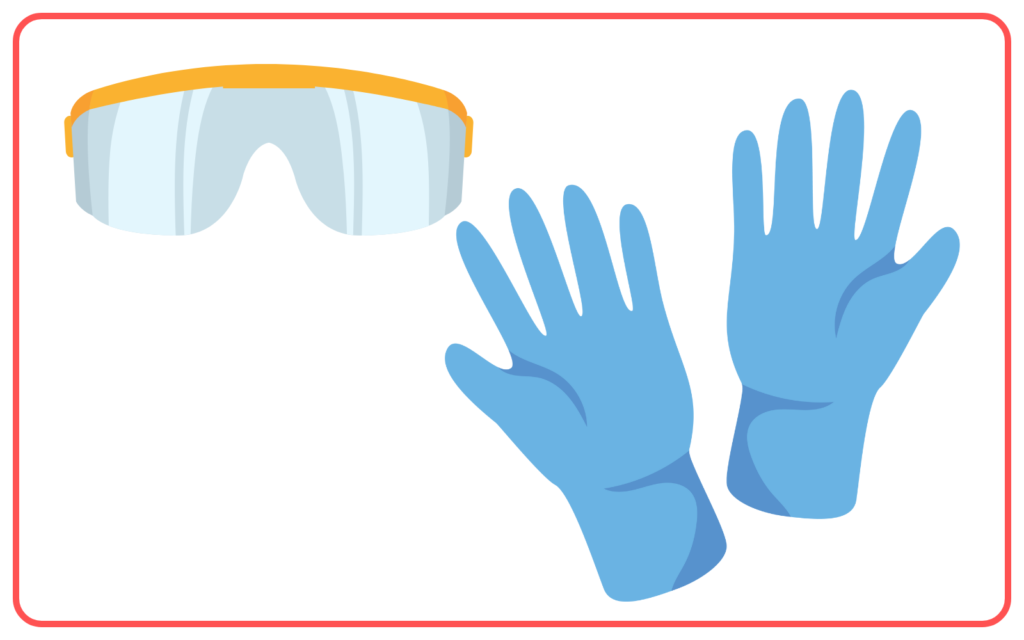
- Insulate and secure wires to prevent short circuits.
- Be cautious of overheating components.
Circuit Types:
- Simple circuits include power sources (batteries or power supplies) and connected components (resistors, lights, etc.).
- More complex circuits can include transistors, diodes, capacitors, and integrated circuits (ICs).
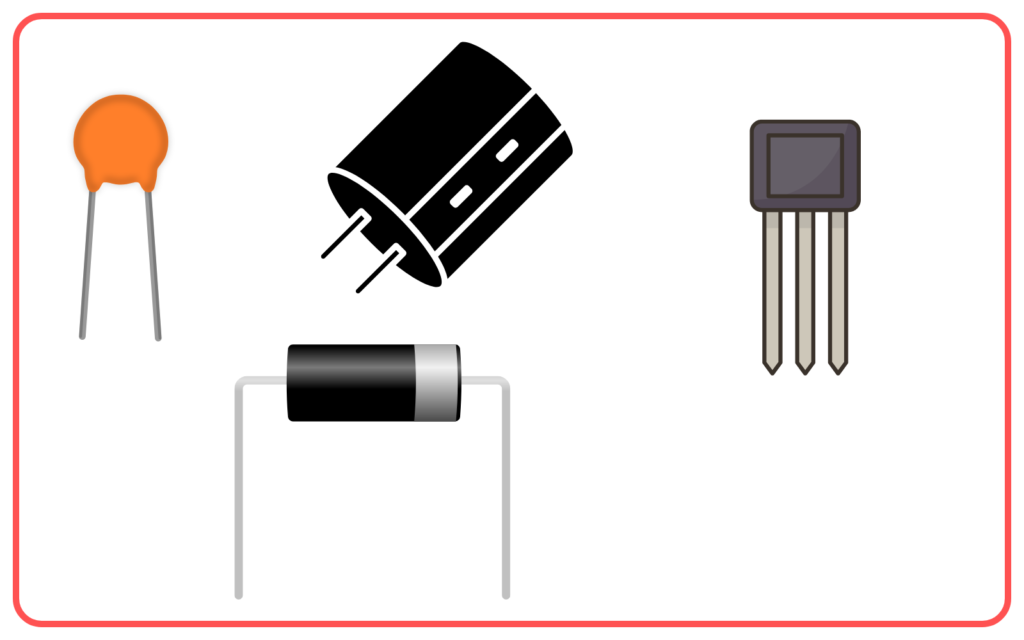
Electrical Energy and Conservation:
- Electrical energy is measured in kilowatt-hours (kWh).
- Conservation of energy principles apply to electrical circuits; energy is neither created nor destroyed but is converted from one form to another.
Let’s practice!

